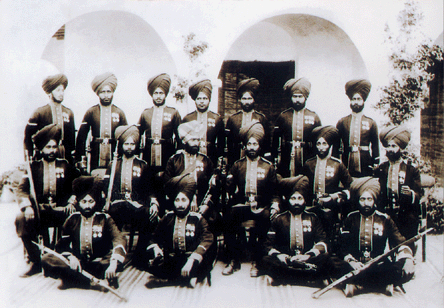

Beneath Saragarhi's ruined walls,
They found a fitting grave;
For Saragarhi bears the fame,
They gave their lives to save.
The Tirah campaign of 1897 teemed throughout with thrilling incidents of gallantry and heroism. After a space of years, perhaps none is remembered with more enthusiasm or marks a conspicuous entry in the annals of the Indian Army than the heroic defence of Saragarhi Post by a mere handful of Sikhs against an attacking combined force of 10,000 Afghans and Orakzai tribesmen. The magnificent defence of the native soldiers for nearly nine hours, until totally annihilated, was unparalleled in the events of the frontier war of hundred and thirteen years ago, and is now has great historical significance. September 12th. , therefore, is a memorable day in the history of the Indian frontier regiments.
Saragarhi Post, the scene of this thrilling fight, was nothing more than a small signaling station situated on a barren, wind-blown hill-slope between Fort Lockhart and Fort Cavagnari, on the Samana range of hills. Two of the forts were Fort Lockhart, (on the Samana Range of the Hindu Kush mountains), and Fort Gulistan (Sulaiman Range), situated a few miles apart. Due to the forts not being visible to each other, Saragarhi was created midway, as a heliographic communication post. Within its walls on the night of September. 12th. 1897, were gathered twenty one Sikh men detached from the gallant 36th Regiment of Sikhs covered themselves with undying glory. The Saragarhi Fort, manned by 20 Sikh soldiers under the command of Havildar Ishar Singh. Saragarhi symbolizes the Sikh commitment. Sara in the local Pushtu language means “Red” and garhi means a Small Fortress. The bloodshed of September 1897, indeed, literally turned into a red-fort!
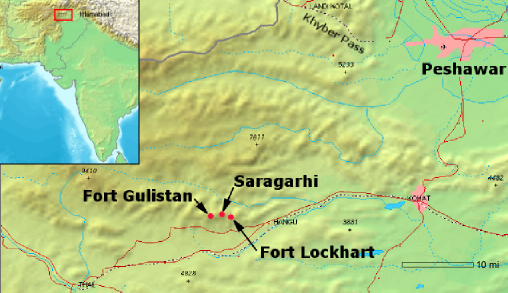 |
Saragarhi, now in North West Frontier Province, had seen a group of 21 Sikh soldiers defend their post to the last man against overwhelming odds, leaving the entire aghast with awe. The exact geographical location of Saragarhi is important to envisage for the reader. Saragarhi is a small village in the border district of Kohat, situated on the Samana Range, in present day Pakistan. On the 20th April 1894, the 36th Sikh Regiment of the British Army was created, under the command of Colonel J. Cook. In August 1897, five companies of the 36th Sikhs under Lt. Col. John Haughton, were sent to the North West Frontier Providence, stationed at Samana Hills, Kurag, Sangar, Sahtop Dhar and Saraghari.
The Battle Saragarhi was described with great clarity by Aman Singh in his article: Battle of Saragarhi: Sikh soldier in ceremonial turban, Indian Army
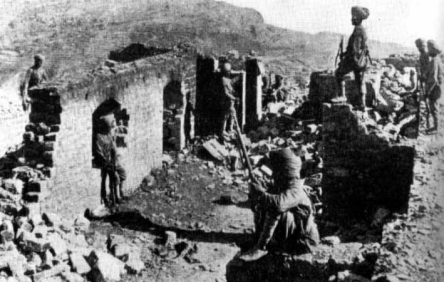 |
Details of the Battle of Saraghari are considered fairly accurate, due to Gurmukh Singh signaling events to Fort Lockhart as they occurred.
-
Around 9.00am, around 10,000 Afghans reach the signaling post at Saragarhi.
-
Sardar Gurmukh Singh signals to Colonel Haughton, situated in Fort Lockhart, that they are under attack.
-
Colonel Haughton states he cannot send immediate help to Saragarhi.
-
The soldiers decide to fight to the last to prevent the enemy reaching the forts.
-
Bhagwan Singh becomes the first injured and Lal Singh was seriously wounded.
-
Soldiers Lal Singh and Jiwa Singh reportedly carry the dead body of Bhagwan Singh back to the inner layer of the post.
-
The enemy break a portion of the wall of the picket.
-
Colonel Haughton signals that he has estimated between 10,000 and 14,000 Pashtuns attacking Saraghari.
-
The leaders of the Afghan forces reportedly make promises to the soldiers to entice them to surrender.
-
Reportedly two determined attempts are made to rush the open gate, but are unsuccessful.
Later, Fort Lockhart is breached. -
Thereafter, some of the fiercest hand-to-hand fighting occurs.
-
In an act of outstanding bravery, Havildar Ishar Singh orders his men to fall back into the inner layer, whilst he remains to fight. However, this is breached and all but one of the defending soldiers are killed, along with many of the Pashtuns.
-
Gurmukh Singh, who communicated the battle with Colonel Haughton, was the last Sikh defender. He is stated to have killed 20 Afghans, the Pashtuns having to set fire to the post to kill him. As he was dying he was said to have yelled repeatedly the regimental battle-cry "Jo Bole So Nihal, Sat Sri Akal (He who cries God is Truth, is ever victorious).
Having destroyed Saragarhi, the Afghans turned their attention to Fort Gulistan, but they had been delayed too long, and reinforcements arrived there in the night of 13-14 September, before the fort could be conquered. The Afghans later stated that they had lost about 180 killed and many more wounded during the engagement against the 21 Sikh soldiers, but some 600 bodies are said to have been seen around the ruined post when the relief party arrived (however, the fort had been retaken, on 14 September, by the use of intensive artillery fire, which may have caused many casualties). The total casualties in the entire campaign, including the Battle of Saragarhi, numbered at around 4,800.
Burnt-out interior of Saragarhi as it looked on 14th September, 1897
The Battle at Saragarhi is one of eight stories of collective bravery published by UNESCO (United Nations Educational, Scientific and Cultural Organization). The Indian military, in particular the Indian Army have been pushing for the battle to be taught in India's schools. They want it taught due to the heroism shown by the Indian soldiers to acts as inspiration for young children – in the field of bravery. There were articles like these, printed in the Panjab's longest-established newspaper, The Tribune in 1999: "the military action at Saragarhi is taught to students the world over and particularly to students in France. Although there seems to be no evidence for this claim (it is not, for example, on France's national school curriculum the news was enough to provoke political debate, and the battle has been taught in schools in the Punjab since 2000. The unique battle is also taught in schools of France and figures as one of the eight collective stories on bravery published by the UNESCO. ”
The Battle of Saragarhi has been rated as one of the world’s most courageous actions in the annals of military history. In Britain, when the story of Saragarhi’s defence was unfolded in the House of Commons, every Member of Parliament rose with awe and spontaneously gave a standing ovation to the brave Sikh heroes.
Up on the frontier the defence of Saragarhi and the brave men who did their duty and died at their poets in the Frontier war of 113 years ago will not be forgotten.
The gallant 21 Sikhs stood their ground bowing in obeisance to Guru Gobind Singh’s hymn (Tav-Parsaad SawaiyeSwaiyya): “Sudh sipaah Durant dubah, Su saaj sanaah durjaan dalain-ge. Bhaari gumaan bhare man main, Kar parbat pank hale na halain-ge. Tor areen maror mvaasan, Maate matangan maan malain-ge. Sri-pat sri bhagvaan kripa bin, Tyaag jahaan nidaan chalain-ge (Trained soldiers, terribly fierce with decorative armours capable of suppressing the enemies. Their minds so heavy with pride that they would put mountains to fight, keeping oneself stable. Tearing through the foes, would diminish enemies, bending down their necks. But without the mercy of the Lord Supreme, Waheguru in the end, they also depart from the world. The Sikhs fought with passion and love for Him. Saach kaho’n sun leho sabhai. Jin prem kee-o tin hi prabh paa-eo (Hear ye all! I say the truth, only he attains God, who loves HIM truly.”
All the 21 Sikh non-commissioned officers and soldiers of other ranks who laid down their lives in the Battle of Saragarhi were posthumously awarded the Indian Order of Merit, the highest gallantry award of that time, which an Indian soldier could receive by the hands of the British crown, the corresponding gallantry award being Victoria Cross. This award is equivalent to today's Param Vir Chakra awarded by the President of India.
Tablet commemorating Saragarhi, raised by the British Empire
The names of the 21 recipients of the gallantry award are:
Havildar Ishar Singh (regimental number 165)
1. Naik Lal Singh (332)
2. Lance Naik Chanda Singh (546)
3. Sepoy Sundar Singh (1321)
4. Sepoy Ram Singh (287)
5. Sepoy Uttar Singh (492)
6. Sepoy Sahib Singh (182)
7. Sepoy Hira Singh (359)
8. Sepoy Daya Singh (687)
9. Sepoy Jivan Singh (760)
10. Sepoy Bhola Singh (791)
11. Sepoy Narayan Singh (834)
12. Sepoy Gurmukh Singh (814)
13. Sepoy Jivan Singh (871)
14. Sepoy Gurmukh Singh (1733)
15. Sepoy Ram Singh (163)
16. Sepoy Bhagwan Singh (1257)
17. Sepoy Bhagwan Singh (1265)
18. Sepoy Buta Singh (1556)
19. Sepoy Jivan Singh (1651)
20. Sepoy Nand Singh (1221)
The following quotes by the British and the French sums up the saga of valour of the Sikhs.
Queen Victoria: - “The British, as well as the Indians, are proud of the 36th Sikh Regiment. It is no exaggeration to record that the armies which posses the valiant Sikhs cannot face defeat in war “
General Sir Arthur Power Palmer, the Commander in Chief: - “The conduct displayed by the twenty one men of the 36th Sikh Regiment whose names were inscribed on the -memorial was characteristic of the nation's tradition. It should be kept as an example to others, in order to show how brave men should behave when facing fearful odds”.
Major Des Voeux 36th Sikh Regiment: - “21 men of mine fought like demons. One brave fellow held out in the guard room, and killed 20 of the enemy. He could not be conquered, and at last was burned at his post. These men died the death of heroes, and though the annals of the native army of India are full of brave deeds. These men gave up their lives in devotion to their duty.”
"You are never disappointed when you are with the Sikhs. Those 21 soldiers all fought to the death. That bravery should be within all of us. Those soldiers were lauded in Britain and their pride went throughout the Indian Army. Inside every Sikh should be this pride and courage. The important thing is that you must not get too big-headed it is important to be humble in victory and to pay respect to the other side." - Field Marshal William Joseph Slim, 1st Viscount Slim
Saragarhi Day is a Sikh military commemoration day celebrated on the 12th of September every year to commemorate The Battle of Saragarhi.
To commemorate the anniversary of the Battle of Saragarhi, Frames of Bravery Exhibition is finally in the UK and this is launched by Harchand Singh Bedi.
“Frames of Bravery” Gurdwara Sahib Warwick & Leamington 11th September ~ 26th of September of 2010
References:
1. London_Gazette : no. 26937, page 863, 11 February 1898. Retrieved on 10 November 2008.
2. The Tribune Online Edition (2007-04-15). "Of blood red in olive green", The Tribune. Retrieved on 1 November 2007.
3. Tribune News Service (2005-09-14). "Battle of Saragarhi remembered", The Tribune. Retrieved on 5 November 2007.
4. Subramanian, L.M. Defending Saragarhi, 12 September 1897, bharat-rakshak.com- accessed 2008-01-25
5. Pall, S.J.S. "The story of Valiant Sikhs", Amritsar, B. Chattar Singh (2004) page 98
6. Maj. Gen. Jaswant Singh Letter to H.M. Queen Elizabeth II Institute of Sikh Studies (1999)- accessed 2008-03-30
7. Sharma, Gautam Valour and Sacrifice: Famous Regiments of the Indian Army, India, Allied Publishers (1990) ISBN 817023140X, via Google Books- accessed 2008-01-25
8. "The Frontier War," Daily News, London (16 Sep 1897)
9. The Sikh Spirit (2001-11-01). "The Epic Battle of Saragarhi", Sikh Spirit. Retrieved on 25 October 2007.
10. Regimental numbers from photo of Saragarhi memorial plaque
11. Sikh Regiment
12. The Tribune, Chandigarh, India - Mailbag
13. Chap
14. A century later, Panjab resurrects some of its bravest men
15. Singh, Kanwaljit & Ahluwalia, H.S. Saragarhi Battalion: Ashes to Glory, India, Lancer International (1987) ISBN 8170620228
16. Robin Gupta An epic performance: A slice of history Chandigarh, The Tribune (20 March 1999)- accessed 2008-04-19
17. French Education Ministry website- accessed 2008-04-19
18. Vijay Mohan (2000-04-05). "Recounting battle of Saragarhi", The Tribune. Retrieved on 1 November 2007.
19. Sharma, Dinesh K.The legend of Saragarhi Memorial Gurdwara, Times of India (11 Sep 2003)- accessed 2008-01-25
20. A century later, Panjab resurrects some of its bravest men by Vijay Mohan; May 24 1999; Indian Express Newspapers (Bombay) Ltd by Vijay Mohan.
21. Battle of Saragarhi-Wikipedia (en.wikipedia.org.)
22. Saragarhi Battalion: Ashes to Glory by Kanwaljit Singh and H.S. Ahluwalia, New Delhi : Lancer International, 1987 (ISBN 8170620228)
23. Battle of Saragarhi by Aman Singh published in Sikh Philosophy Network. 12.11.2008
24. Saragarhi Battalion: Ashes to Glory by Kanwaljit Singh and H.S. Ahluwalia, New Delhi : Lancer International, 1987 (ISBN 8170620228)


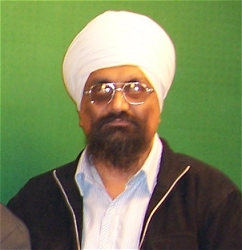
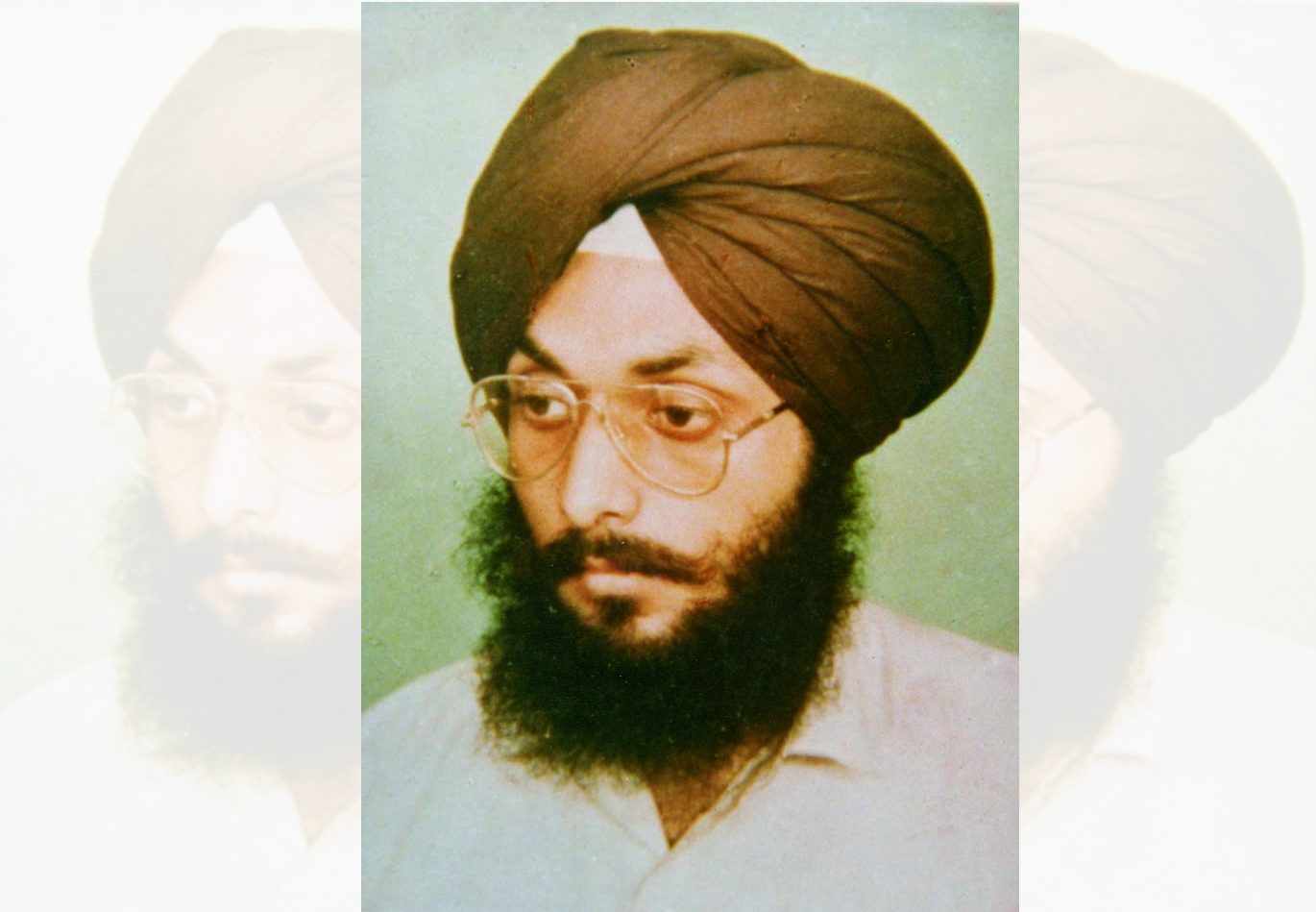

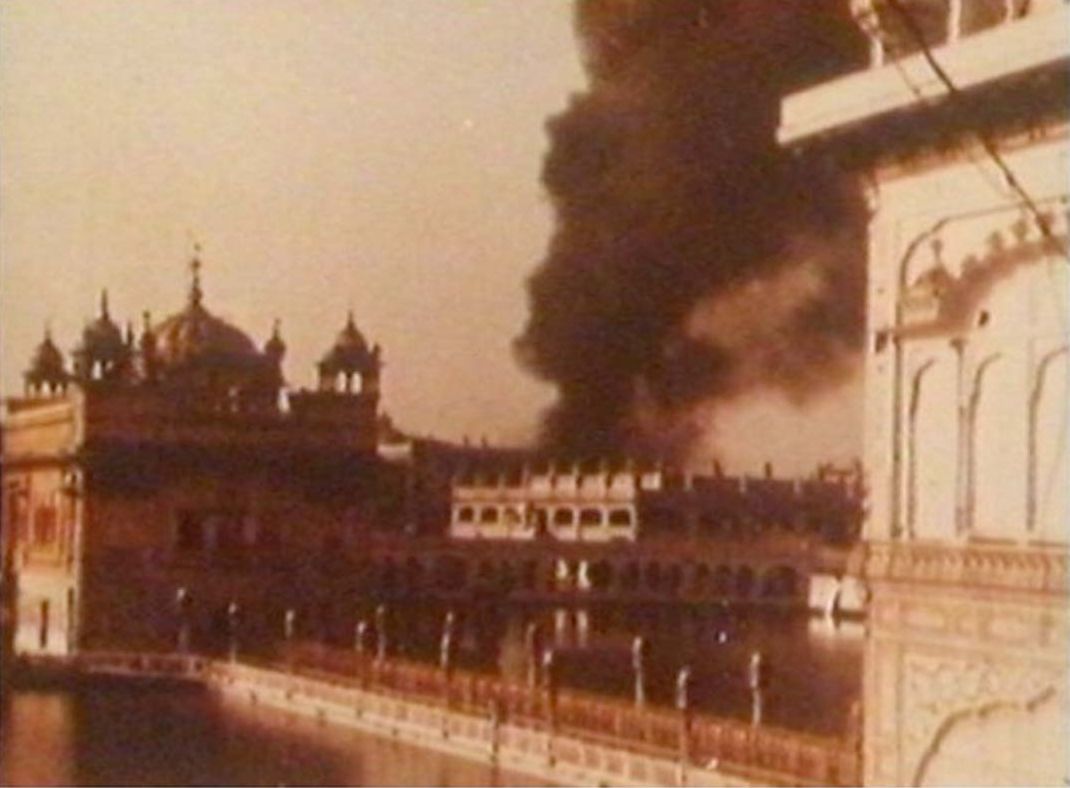
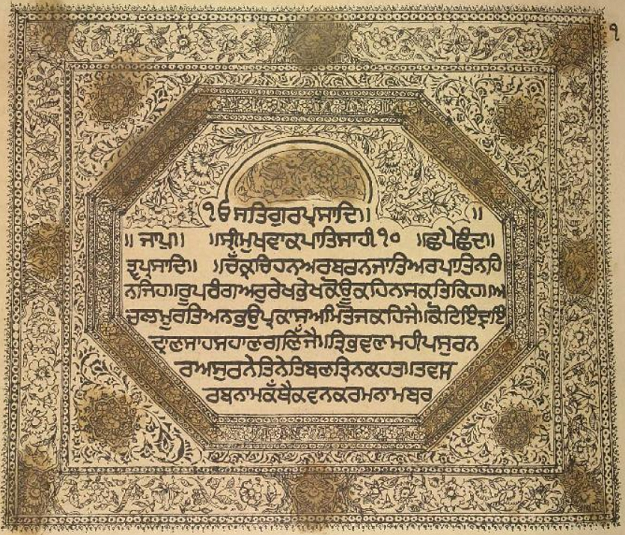
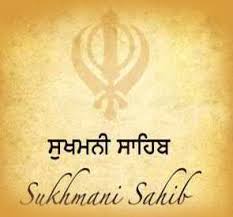
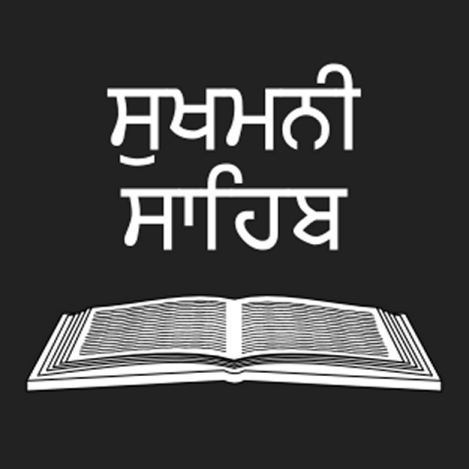
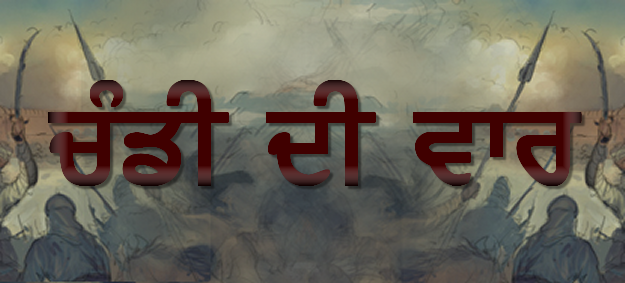
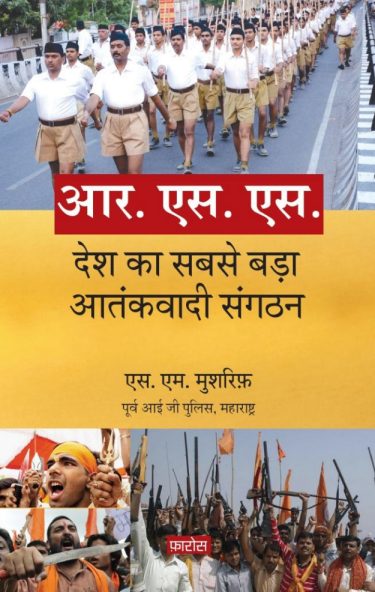
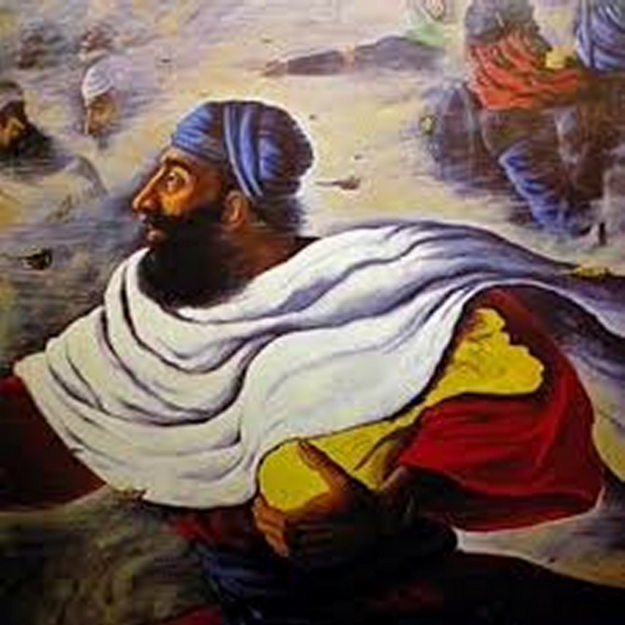
soora so pehchaniye jo lade deen ke haet purja purja kat mare kabhun na chade khet. Its only the Sikhs who fight like tigers. Hope this spirit lives forever in the hearts of every sikh of this world. akaal sahaye .............